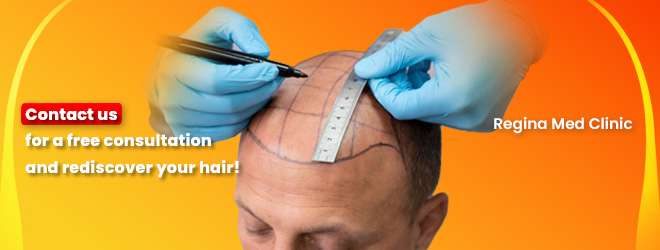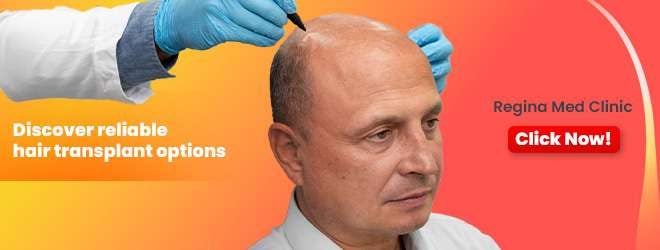Bıyık Ekimi Sonrası Bakım
Mustache transplantation holds a significant place in facial aesthetics and is a procedure that must be performed with great care to achieve a natural appearance. However, in addition to a successful transplantation process, the post-care phase is equally important. Proper care methods applied from the very first days after the procedure help accelerate the healing process and promote healthy hair growth in the transplanted area. During this care period, it is essential to adhere to hygiene rules, maintain meticulous facial cleanliness, and strictly follow the instructions provided by your doctor.


İÇİNDEKİLER
What to Pay Attention to on the First Day After Mustache Transplant?
The first day after a mustache transplant involves several important considerations. Avoid touching the transplanted area and ensure it is protected from any impact. Mild redness and swelling in the mustache area following the procedure are normal and typically subside within a few days. Additionally, avoid sleeping on your stomach in the initial days and try to sleep on your back with your head slightly elevated if possible.
- Avoid Touching the Transplanted Area: It is crucial to avoid touching or performing any actions that may cause friction in the transplanted area during the first days.
- Avoid Sun Exposure: Direct exposure to sunlight can harm the transplanted area. Stay protected from the sun, and if possible, refrain from going outside during the initial days.
- Avoid Strenuous Physical Activities: Intense exercises that increase blood flow are among the activities to avoid after a mustache transplant. It is recommended to refrain from any activities that may trigger sweating during the first few days.

What to Pay Attention to During the First Week After Mustache Transplant?
The first week after a mustache transplant is a critical period for the transplanted hairs to take root. During this time, symptoms such as scabbing and mild itching are normal. Scabbing is typically a natural process, and the scabs are expected to fall off on their own. It is important to avoid harsh movements that could irritate the area and refrain from vigorous facial cleansing methods. If itching occurs, resist the urge to scratch and remain patient.
- Facial Cleansing: Facial washing should be done with great care during the first week. For the initial days, a gentle water spray can be used to keep the area clean.
- Avoid Forcing the Scabs to Fall Off: During the first week, as the scabbing process continues, avoid picking or forcibly removing the scabs.
- Use Recommended Medications: Regular use of antibiotics and antiseptic lotions or creams prescribed by your doctor is essential. This helps reduce the risk of infection and supports healing.
How Long Does the Healing Process Take After Mustache Transplant?
The healing process after a mustache transplant varies from person to person. Generally, scabbing is complete within 7-10 days, and the transplanted hairs begin to achieve a natural appearance. However, full recovery and the establishment of a natural look typically require 2-4 months. It is important to be patient during this period and adhere to your doctor’s recommendations. Over the first few months, the transplanted hairs may shed and regrow, which is considered a normal part of the healing process.
How Should Facial Washing Be Done After a Mustache Transplant?
Facial washing after a mustache transplant should be performed with great care. Avoid washing your face during the initial days to maintain hygiene in the treated area. Facial cleansing can typically begin at the end of the first week with your doctor’s approval. During washing, the water should be lukewarm, and harsh movements must be avoided.
- Facial Washing Technique: After the first week, use gentle touches to allow water to contact the area, followed by soft drying. Opt for a soft towel rather than abrasive materials that could increase friction.
- Use of Cleansing Products: Avoid facial cleansers with harsh chemicals; instead, use cleaning lotions recommended by your doctor.
What Products Should Be Used After a Mustache Transplant?
The products used after a mustache transplant are vital for ensuring a smooth healing process. Antiseptic lotions and moisturizing creams suitable for your skin type are recommended. Using cream after the transplant helps soften scabs and keep the area moisturized.
- Antibiotic Cream: Use the antibiotic cream prescribed by your doctor to reduce the risk of infection and support healing.
- Moisturizing Creams: Choose light-formula moisturizers suitable for your skin to keep it hydrated. Avoid products with harsh chemicals and stick to those recommended by your doctor.
- Sunscreen: After the initial weeks, apply sunscreen when going outside to protect the mustache area from UV rays, which can aid the healing process.
Consult Now!
Fill out the form to get detailed information about the hair
transplant process and personalized solutions tailored for you!
How Should Nutrition Be After a Mustache Transplant?
Maintaining a healthy and balanced diet is crucial for accelerating the healing process after a mustache transplant. During this period, consuming foods rich in protein, vitamins, and minerals is essential while avoiding overly fatty or sugary foods that could delay recovery. Vitamin C and zinc, in particular, play a significant role in supporting skin healing. Hydration is equally important; drinking at least 2 liters of water daily helps maintain the skin’s moisture balance.
- Protein Intake: Choose protein-rich foods like meat, chicken, fish, and eggs to strengthen hair follicles.
- Vitamin C: Vitamin C aids in tissue repair and can be supplemented through foods like oranges, tangerines, and peppers.
- Zinc and Iron: These are essential for healthy hair follicle growth and can be included in your diet through appropriate supplements or foods.
How Often Should Doctor Check-Ups Be After a Mustache Transplant?
Doctor check-ups are essential for ensuring the healing process progresses smoothly after a mustache transplant. The first check-up usually occurs 3-4 days after the procedure. Subsequent follow-ups should be conducted based on the doctor’s recommendations. Around one month after the procedure, a review of the transplanted mustache area is typically conducted. These check-ups allow the doctor to monitor the healing process and provide additional care recommendations if necessary.
Is It Normal to Experience Itching and Redness After a Mustache Transplant?
Itching and redness in the transplanted area are common reactions after a mustache transplant. These are typically natural responses of the skin to the procedure and are considered part of the healing process. Itching may be more noticeable during the first week, but it is essential to avoid scratching the area during this period. Redness generally subsides on its own within a few weeks. The scabbing process that follows the transplant is also a natural sign of healing, and the scabs should fall off naturally without being forced.
- Itching and Redness Timeline: Mild itching and redness during the first weeks are normal and usually diminish within a few weeks.
- Use of Moisturizers: To alleviate itching, moisturizers recommended by your doctor can be applied.
Consult Now!
Fill out the form to get detailed information about the hair
transplant process and personalized solutions tailored for you!

